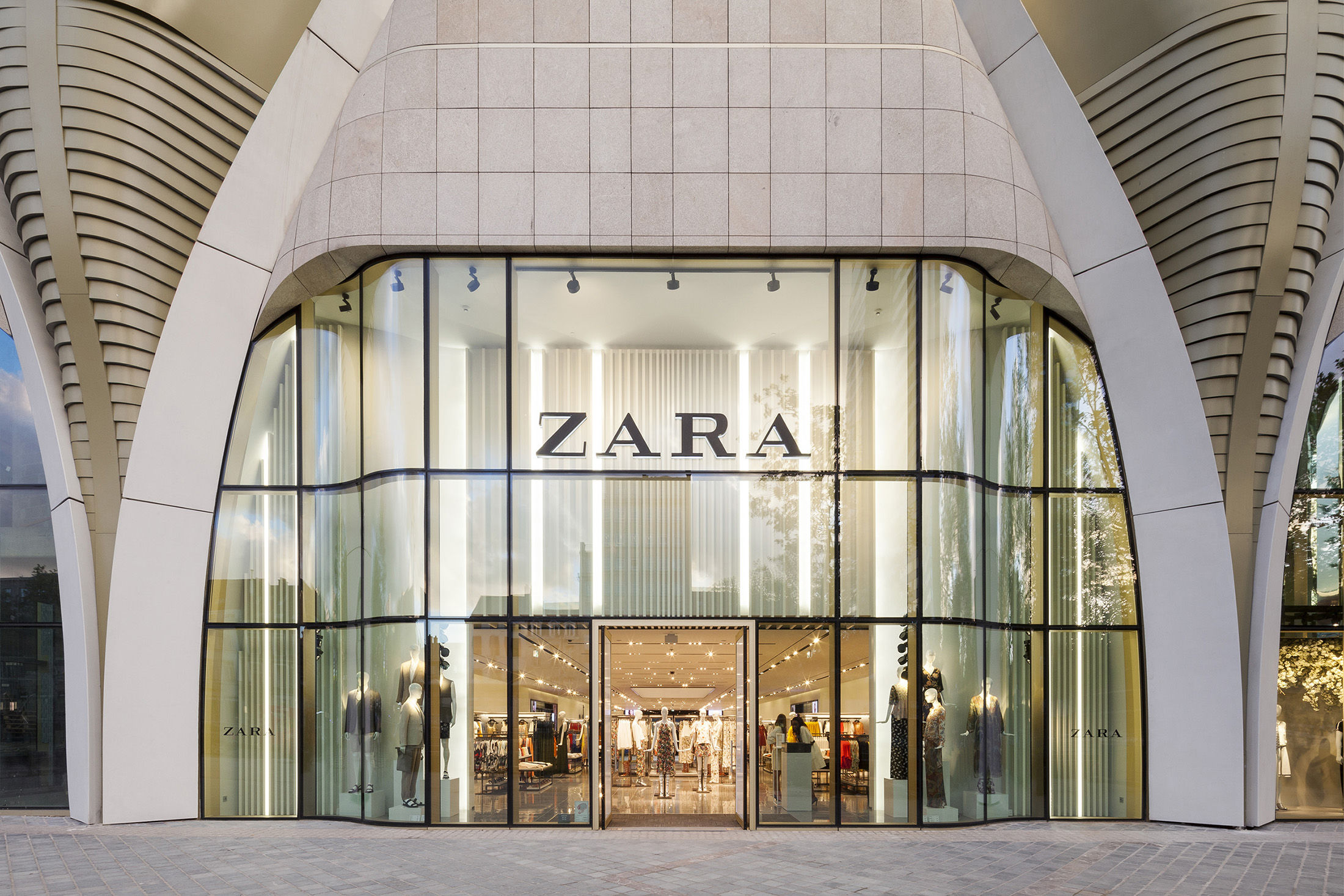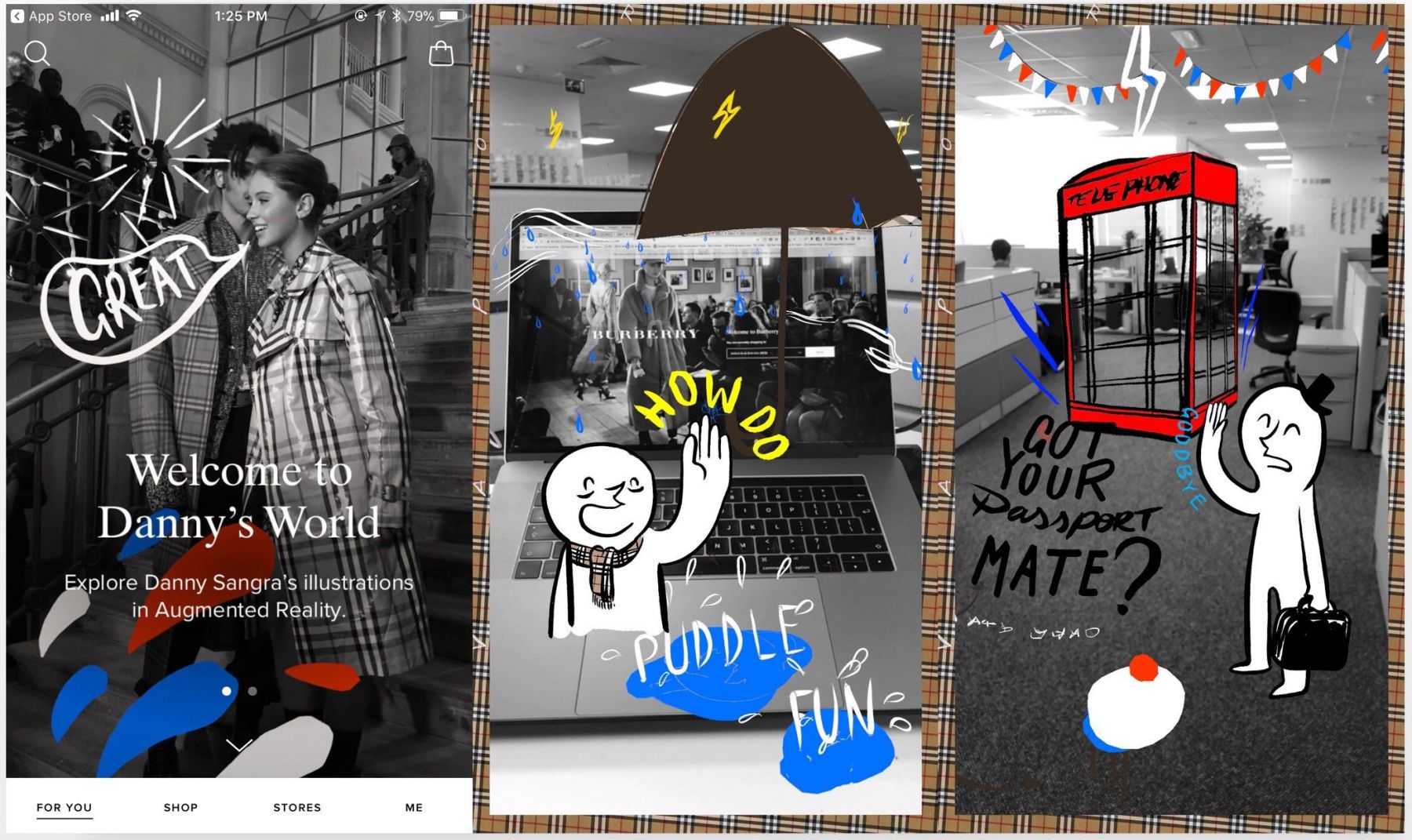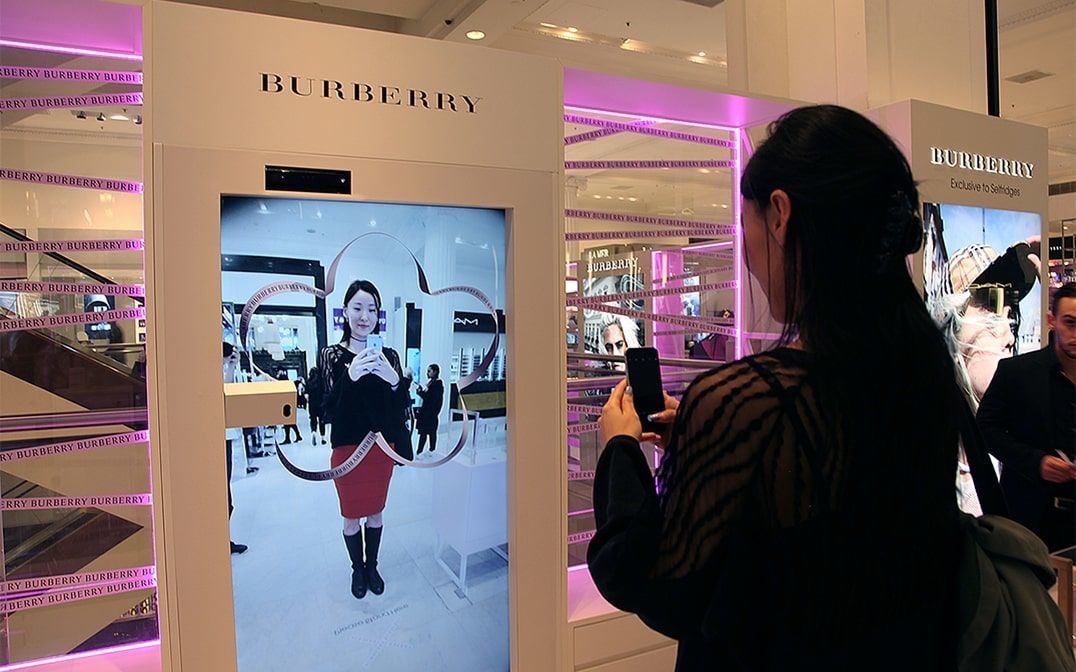A Brand New World

In June 2020, Zara owner Inditex which also owns prominent brands such as Pull&Bear, Oysho and Stradivarius, became one of the first major fashion conglomerates to fall victim to the devastating effects of COVID-19 when it registered its first-ever loss, and subsequently decided to permanently close as many as 1,200 stores – 16 per cent of its outlets worldwide. Instead, it would invest a hefty 1 billion euros on its online platform. Espirit soon followed suit and announced that it would close all its stores in Asia, except those in Mainland China.
While many industry experts had known all along, that the brick and mortar fashion retail model would eventually meet its doom one day, the COVID-19 had accelerated that process and will likely push many other fashion labels further down the digitalisation path, as consumers and fashionistas warm to the idea of online shopping, in the name of #Stayathome and #SocialDistancing.
Inditex’s major digital push to fully develop and implement its proprietary digital platform named “Inditex Open Platform, is a prime example of where the future of fashion retail lies. Initially developed in 2018 and merely 60% functional, Inditex will make major improvements to the platform where it can feature the latest fashion launches on any device in real time, track demand with no time lags, manage stocks with the utmost efficiency, and accurately fine-tune production. Customers can select a store through the app or website and have the whole selection of available items displayed in the feed. To facilitate a seamless e-retailing experience, customers can also make their online purchases with ease, and pick up their products in-store on the same day, as well as book their fitting room time slots online.
Besides Inditex, other luxury fashion brands such as Prada, Burberry, Dior and Gucci are using immersive technology to elevate their brand engagement with consumers to a whole new level. Ever since millions of people around the world were trapped at home due to lockdowns, Burberry has begun the use of AR (Augmented Reality) by launching a new tool through Google Search, whereby consumers can view an AR version of the product at scale against other real-life objects, before deciding if they wish to make the purchase.
Another fashion titan, Prada, has also jumped on the immersive tech bandwagon with its development of 360° VR (Virtual Reality ) videos that enable consumers to experience the streets, squares and people of the cities where its stores are based, visit the spaces that host its exhibitions and initiatives, and ‘touch’ and explore its clothes and accessories. This marks a whole new way of experiencing Prada’s catalogue whereby viewers can view the VR videos on YouTube VR, VEER, Oculus, Youku and Facebook, via major headsets and cardboard via mobile devices.
The digitisation of the fashion world also spilled over to fashion weeks and shows, which saw the launch of the world’s inaugural virtual fashion show, the Shanghai Fashion Week in March, where luxury fashion maestros such as Diane von Fursterberg showcased her latest designs in Shanghai. Although one might argue that nothing beats watching a model strut her stuff down the runway, the four-day digital show abolished its exclusive invitation requirement, and made the live show available to everyone, thus increasing the exposure of participating brands.
Many people see the embracing of the digital revolution in the fashion industry as detrimental, and some even go as far as to predict doom and gloom for fashion retail in the COVID-19 era. However, there are also others who believe that the digital and the physical worlds of fashion will always co-exist, and it will be impossible for one to completely replace the other. Whichever is the case, the COVID-19 has accelerated the changes in the fashion world, and it is compelling brands to become more innovative in terms of elevating brand engagement through technology. Moreover, who would say no to attending a glamorous fashion show online?



















